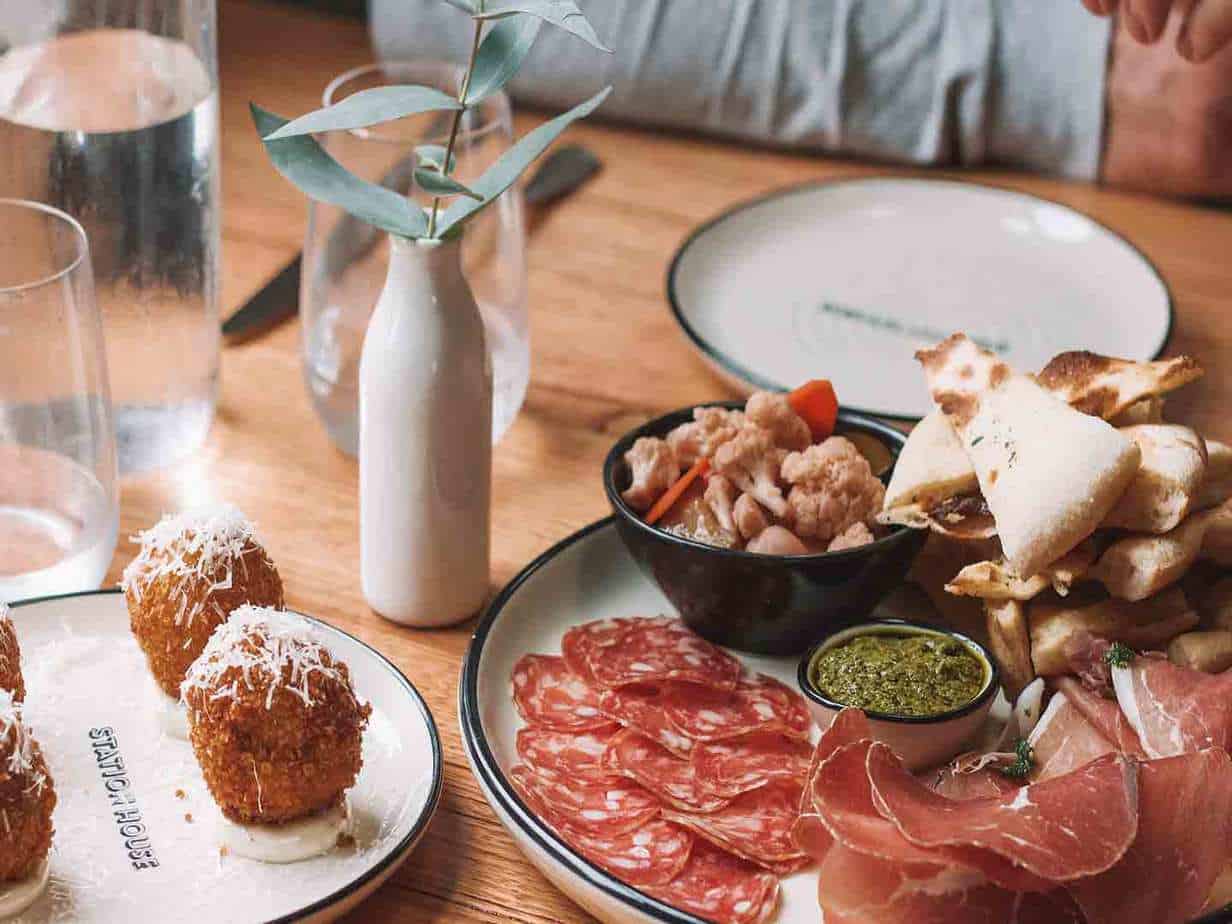
If your client runs a great ad campaign on a hot new product, will consumers rush to buy it? Can marketers count on consumers to give in to their need for instant gratification? The answers to these questions are linked to the type of product being promoted and the consumer's age.
Who Buys?
The 2020 Consumer Culture report from 5WPR delves into buying motivation. We’re all subjected to endless advertising on a daily basis. But we don’t always buy. Younger consumers, aged 18–34, give in to these impulses more than other consumers. The following percentages of millennials agree with these statements:
- I will buy a product the first time I see it if I like it 82%
- I sometimes regret purchases I’ve made 70%
- I often make impulse purchases 64%
By comparison, only 36% of consumers over age 65 say they often make impulse purchases, while the rest does the opposite of instant gratification.
Which Products?
Not every product category drives impulse purchases. The top splurge category for millennial consumers is travel and experiences. They're all in if they come across a new adventure, like ax throwing. Gen Xers and baby boomers say their top splurge is dining out. So, if your clients promote a new chef at their restaurant, they can appeal to the splurge factor, which is alive and well in older consumers.
But consumers aren’t reckless spenders in every category. Many still recognize the need to avoid that kind of behavior and delay instant gratification. For millennials, health, and wellness products, along with the home goods and furniture category, represent opportunities to save.
Baby boomers are looking for ways to save money on clothing and fashion items, and they typically don’t splurge on personal care items. So, if your clients are selling these products, they’ll need to craft a marketing message that doesn’t address impulse buying. Convenience is an increasingly important shopping aspect, for example.
Advertising Influence and Instant Gratification
Millennials admit to being influenced by all forms of advertising at higher rates than older consumers. And they may be why they experience FOMO (fear of missing out) and purchase instantly. Marketers can reach millennials through online ads (75%), someone they follow on Instagram (72%), or YouTube influencers (64%).
However, only 39% of consumers over age 55 believe online ads influence them. And the idea of following anyone on Instagram barely registers with older consumers (9%).
Because 5WPR is a public relations firm, they also asked about the influence a product reported in a newspaper, magazine, or news story might have on swaying consumer purchases and showed instant gratification examples. Over 30% of consumers say these kinds of stories “are more impactful than traditional advertising.”
The 5WPR report also confirms what other research has revealed. For example, one way for marketers to tap into millennials’ wallets is to announce their values. Clear positioning appeals to 83% of millennials.
However, only 21% of consumers aged 55 and up care about buying products that show off their political or social values. In these cases, the need for instant gratification won't apply.
To learn more about what drives the purchases of specific generations, check out the AudienceSCAN profiles available from AdMall by SalesFuel.
